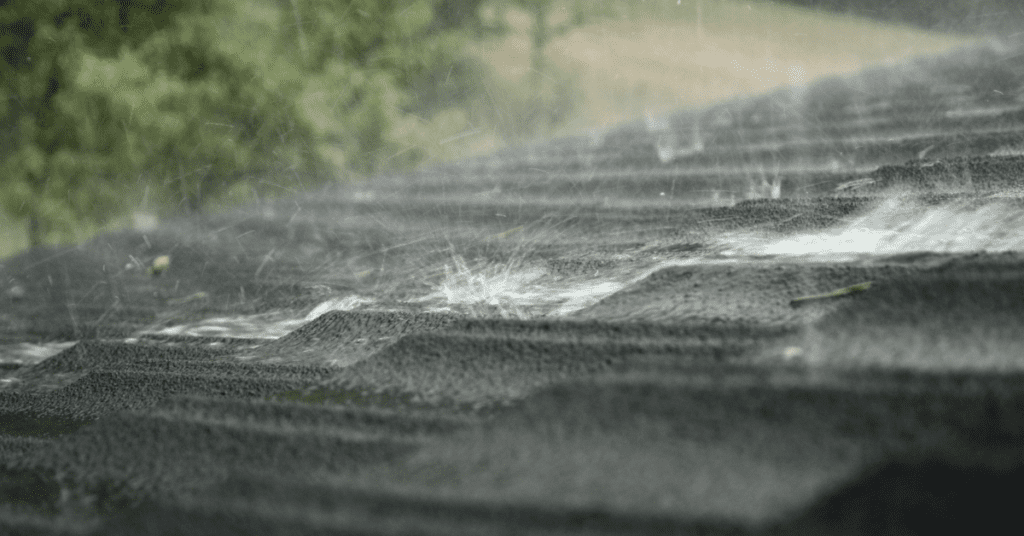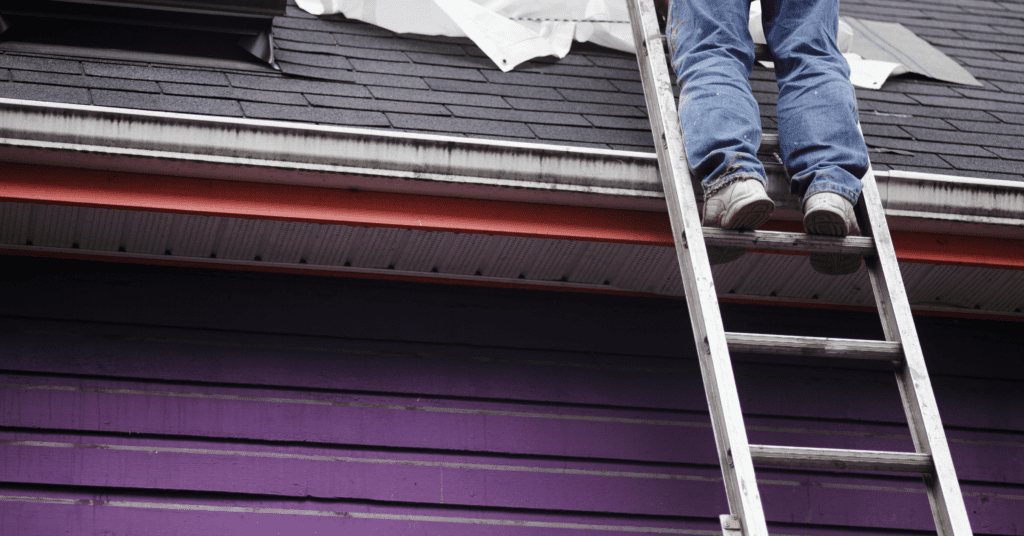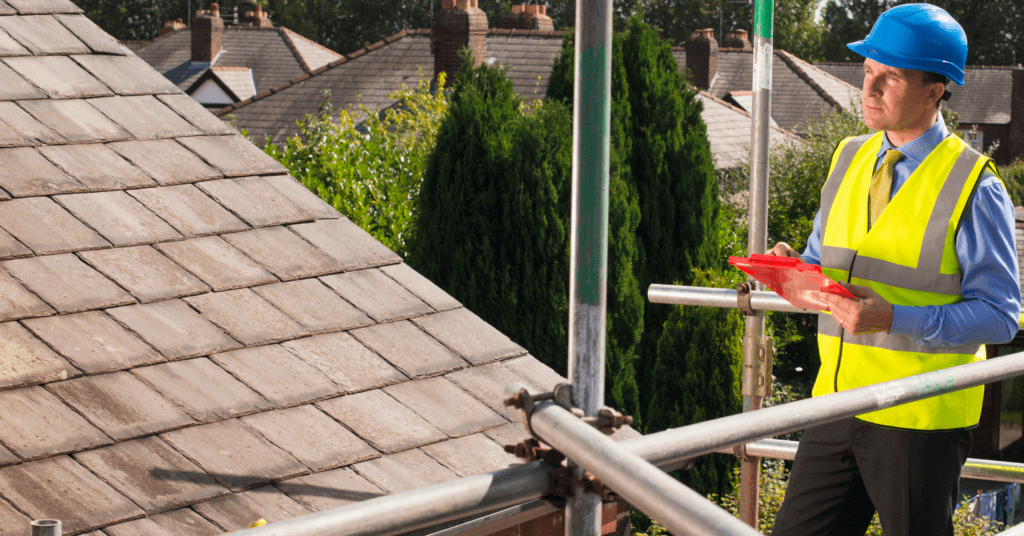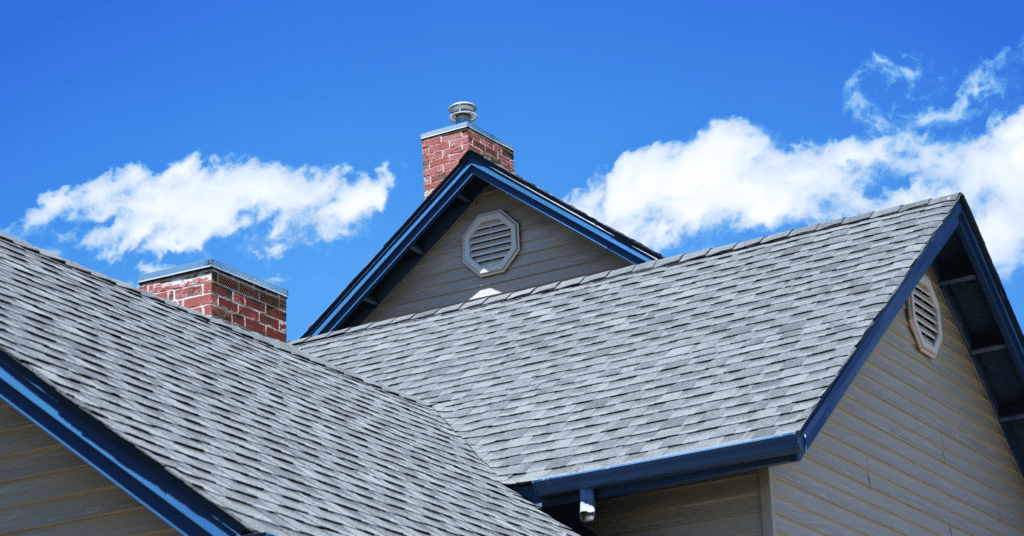What Happens if It Rains During Roof Repairs?


Roof repairs are a significant undertaking for homeowners, requiring time, financial investment, and often, the patience to deal with uncontrollable setbacks such as inclement weather. Have you ever wondered what happens if it rains during roof repairs? Let’s delve into this topic and find valuable insights
Impact of Rain on Roof Repair
Firstly, rain can interrupt the repair process. Roofing materials, such as shingles, tar, or other sealants, often require dry conditions for proper installation. If these materials are applied during wet conditions, they may not adhere correctly, compromising the quality and durability of the repairs. Roof repairs during unpredictable weather conditions can be dangerous for the roofing crew.
Wet roofs are slippery, increasing the risk of accidents and injuries for the workers. Professional roofing crews are trained to handle various conditions, but most will halt work during heavy rain to ensure their safety. So it is important that roofing contractors monitor weather forecasts closely and may need to postpone work if rain is expected.
Dealing With Water Infiltration
In case water does infiltrate your home during the roof repair, swift action can mitigate damage. If the roofing structure is open or the underlayment is exposed, rain can seep through, potentially damaging the interior of the property, including walls, ceilings, and personal belongings. To mitigate this risk, roofing professionals often use high quality tarps or other waterproof coverings as a temporary protective measure during unexpected rain or downpour.


Different roofing materials, such as asphalt shingles, metal panels, and rubber membranes, each uniquely react to rain, particularly during installation. Asphalt shingles, for instance, need dry conditions to ensure proper adhesion. When installed in wet conditions, the moisture can prevent the adhesive strips on the shingles from properly bonding, leading to a weaker roof structure that is more vulnerable to wind uplift and leaks. While discussing the impact of rain on different roofing materials, it’s worth noting that metal roofing offers significant advantages in wet conditions. Why installing metal roofing is a good idea can provide insights into its durability and performance in harsh weather.
Similarly, for metal panels, the presence of moisture can hinder the secure fastening of the panels to the roof deck, potentially causing alignment issues or rusting over time. Rubber membranes, often used in flat roofing, are especially sensitive to moisture during installation. If trapped between the membrane and the roof deck, moisture can lead to the growth of mold and mildew, ultimately compromising the structural integrity of the roof. Moreover, moisture can prevent the proper curing of adhesives used with these membranes, weakening the overall installation. When considering measures to mitigate water infiltration during roof repairs, homeowners should also be aware of broader strategies. Tips to protect your roof against Vancouver heavy rain can offer valuable guidance.
Rain’s Impact on Roof Repair Timeline
Continual rain not only jeopardizes your home’s interior but it can also significantly delay the timeline, extending the project duration and potentially increasing labour costs. Furthermore, if rain causes damage during the repair process, it might lead to additional repair work, further elevating the cost.
Resuming Repairs After Rain
Eager as you might be to see your roof repair completed, remember that everything has its time. You cannot resume work immediately after the rain stops. It requires careful assessment and planning to ensure quality and safety. Once the rain stops, roofing professionals typically begin by evaluating the roof for any water damage incurred during the downpour. They need to ensure that the structure is dry and intact before proceeding.


The drying process is crucial; making sure roofing materials such as shingles, sealants, and underlayment are good to use. Additionally, safety checks are conducted to confirm that the roof is safe for workers to resume their tasks. Only after these thorough inspections and preparations can the repair work effectively continue, ensuring that the integrity of the roof repair is maintained and the risks of future leaks or damage are minimized.
Conclusion
Repairing or replacing a roof is a significant task, and an unpredicted rain can complicate things. It’s essential to take steps to protect your home’s interior and ensure the safety of the roof repair crew. Waiting for the right weather conditions is also important to maintain the quality of the work. By being proactive and preparing for adverse weather, you can make the roof repair process smoother and more effective.


In the conclusion, where the importance of being proactive is emphasized, it’s pertinent to discuss regular roof inspections. Understanding how often should I have my roof inspected can prevent unforeseen issues, especially in areas prone to rain. While unexpected rain can complicate roof repairs, having a skilled and knowledgeable roofing team is crucial for navigating these challenges. Connect with local Burnaby Roofers, New Westminster Roofers, Coquitlam Roofers, Port Coquitlam Roofers, Port Moody Roofers, Delta Roofers, Ladner Roofers, Vancouver Roofers, North Vancouver Roofers, West Vancouver Roofers, Richmond Roofers, Surrey Roofers, White Rock Roofers, Maple Ridge Roofers, Pitt Meadows Roofers, or Langley Roofers to ensure your roof is in the best hands, come rain or shine.
